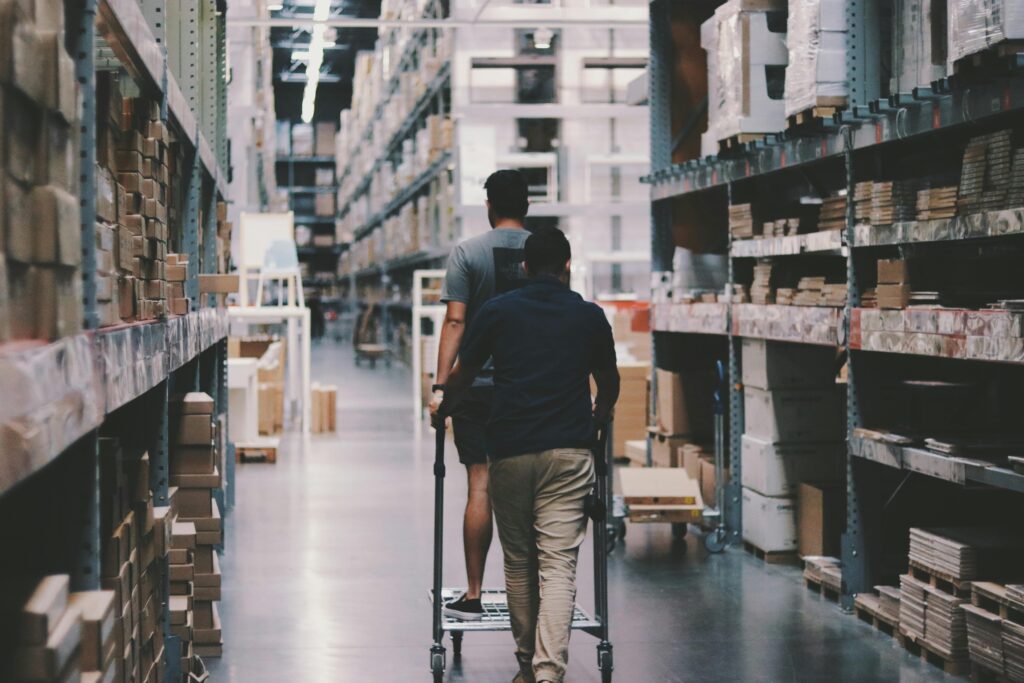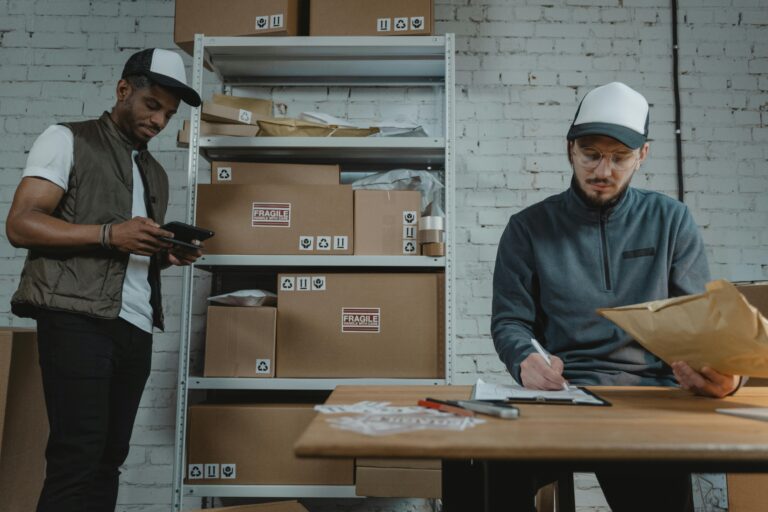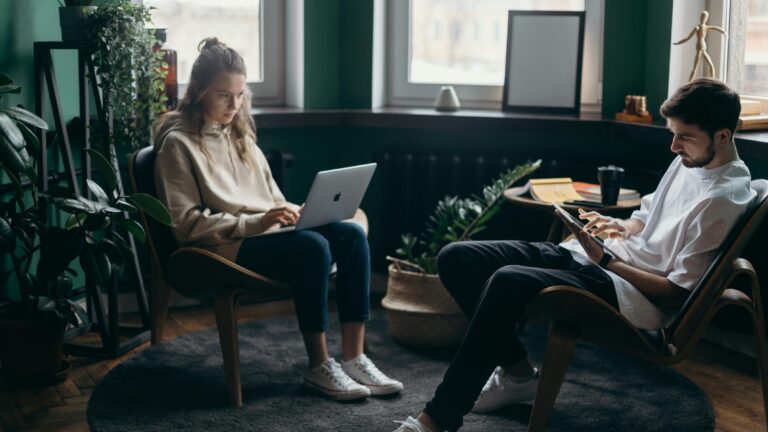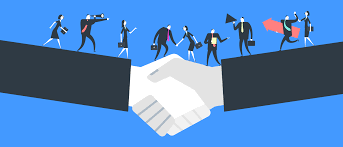
Refurbishment and Resale: A New Revenue Channel
Apple: The Genius Behind Trade-Ins
Apple’s trade-in program is a masterclass in reverse distribution. Customers return used iPhones or Macs for credit toward a new purchase. These devices are then refurbished and resold at a discount or responsibly recycled.
This system keeps customers in the Apple ecosystem while also aligning with sustainability goals—a win-win.
Best Buy: Circular Economy in Action
Best Buy has invested heavily in reverse logistics, including refurbishing and reselling returned or used tech. The company’s “Geek Squad Certified” products are a hit with budget-conscious consumers. It’s not just about sustainability—it’s also about creating a new segment of value-oriented shoppers.
Sustainability as a Brand Story
Patagonia: Repair, Don’t Replace
Outdoor brand Patagonia has long encouraged customers to repair rather than replace gear. Their “Worn Wear” program is built around reverse distribution, where customers send back used clothing that’s then fixed, cleaned, and resold.
This is more than logistics—it’s a storytelling opportunity. Patagonia turns the act of returning a jacket into a statement about values, conservation, and long-term thinking.
Nike: Moving Toward Zero Waste
Nike’s “Move to Zero” campaign includes a reverse distribution program that recycles worn-out sneakers into materials for new products or playground surfaces. This isn’t just about waste reduction—it’s marketing that resonates with Gen Z’s passion for purpose-driven brands.
continue reading…


